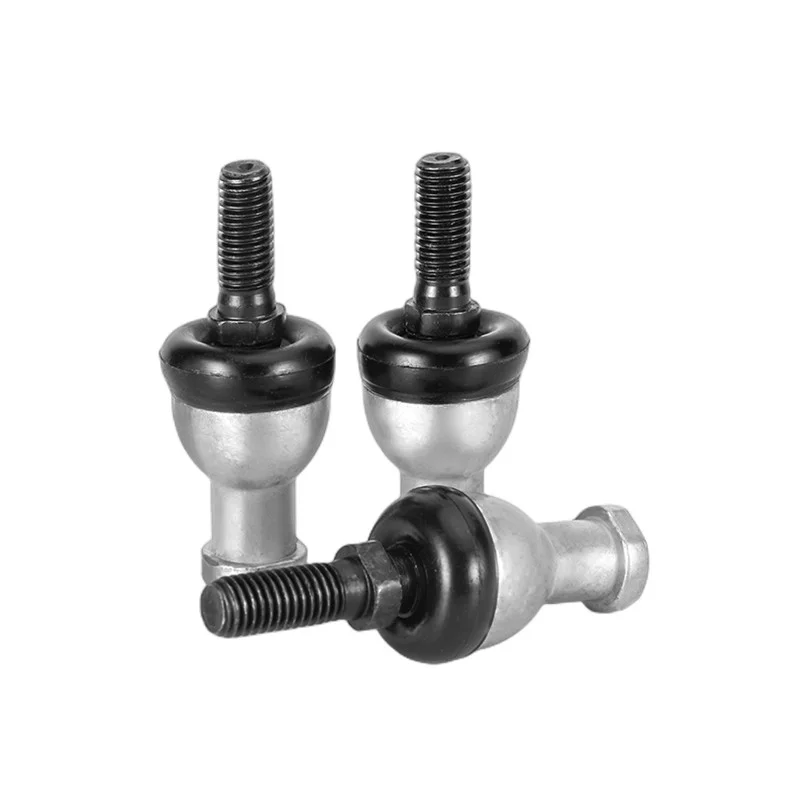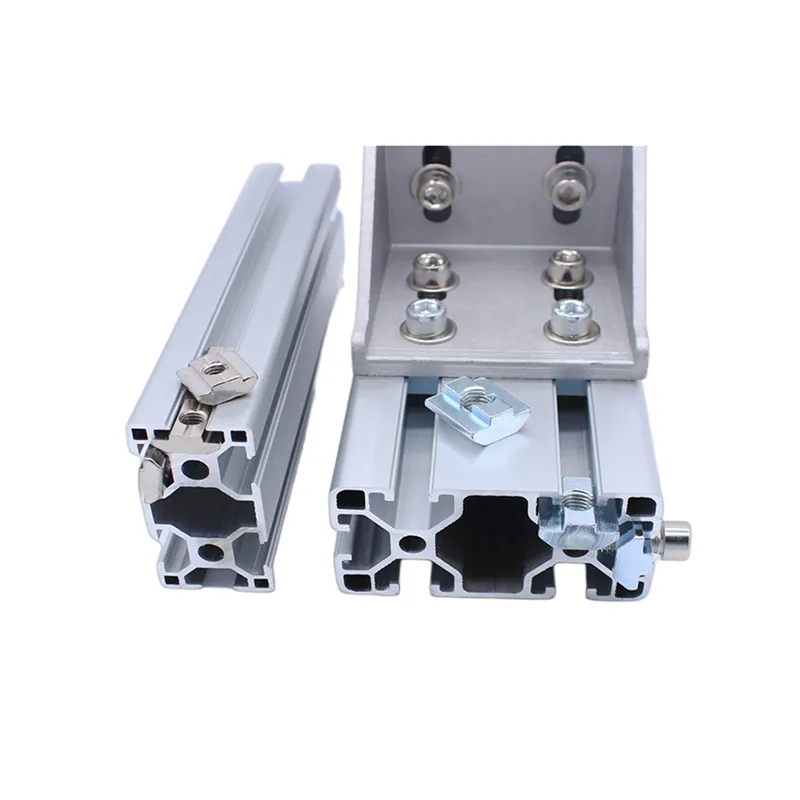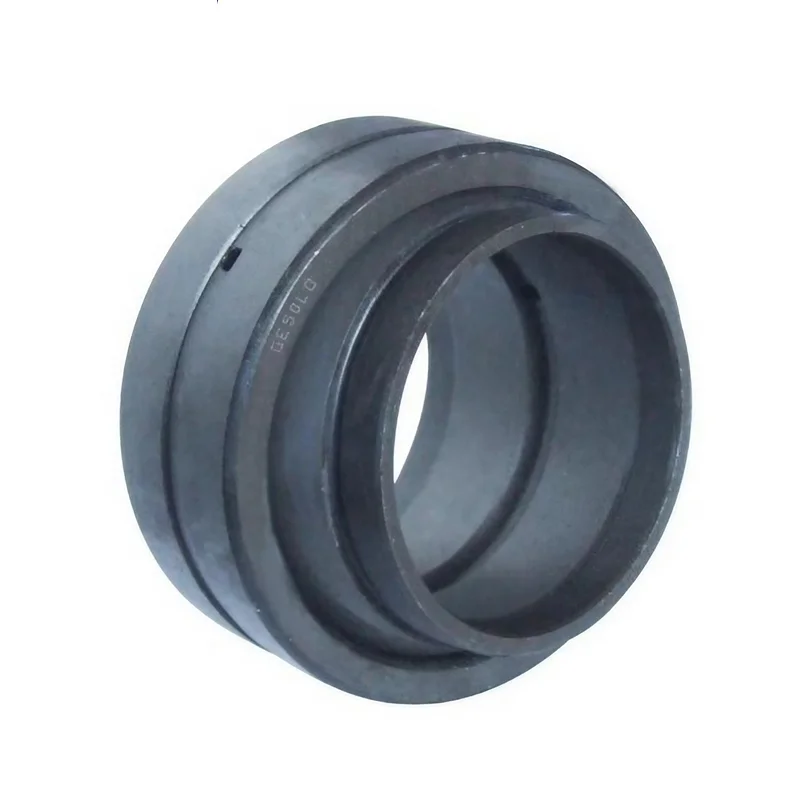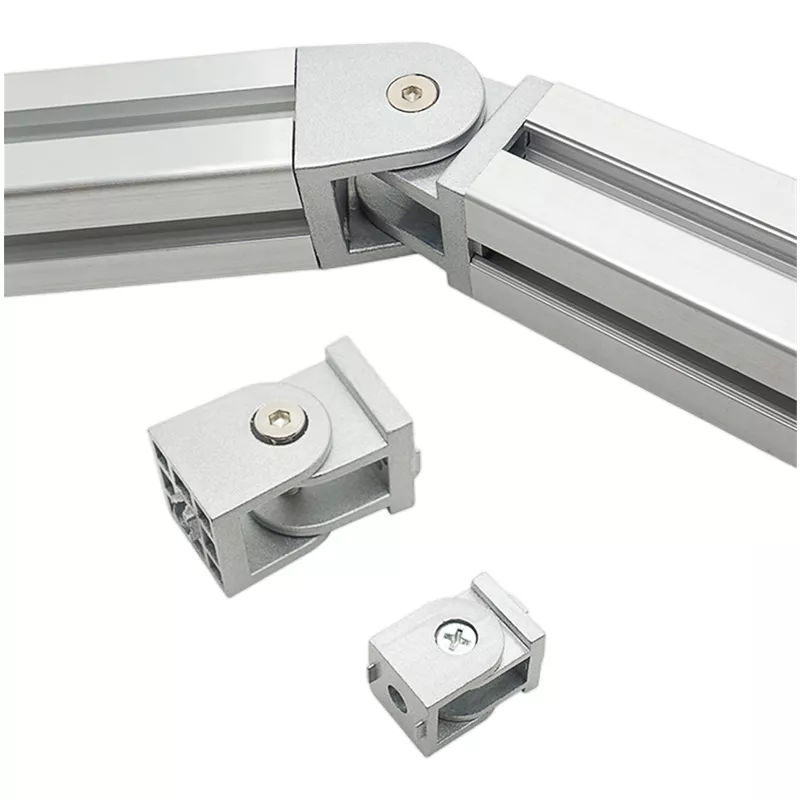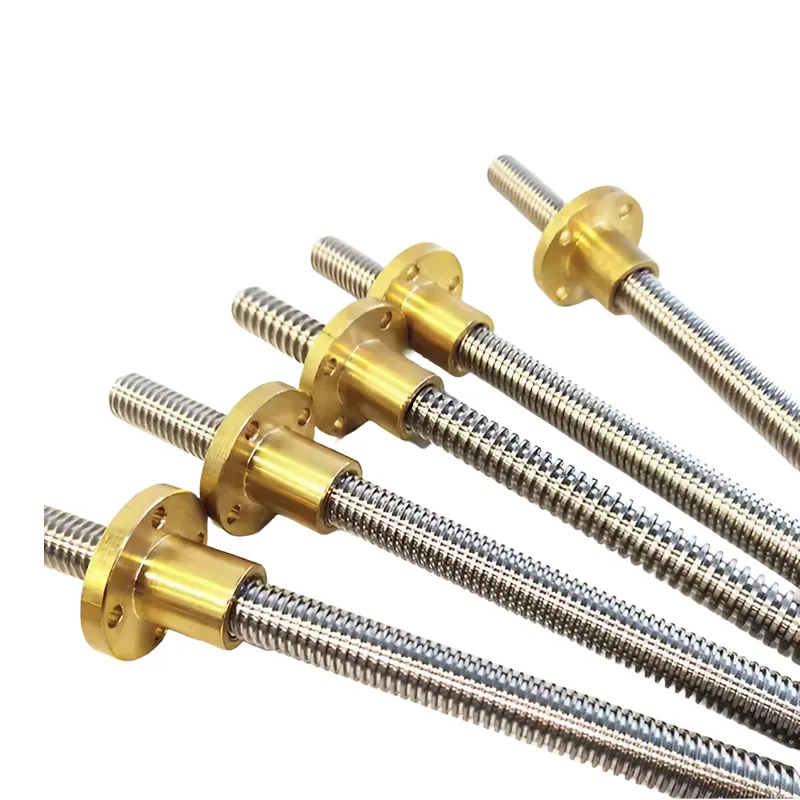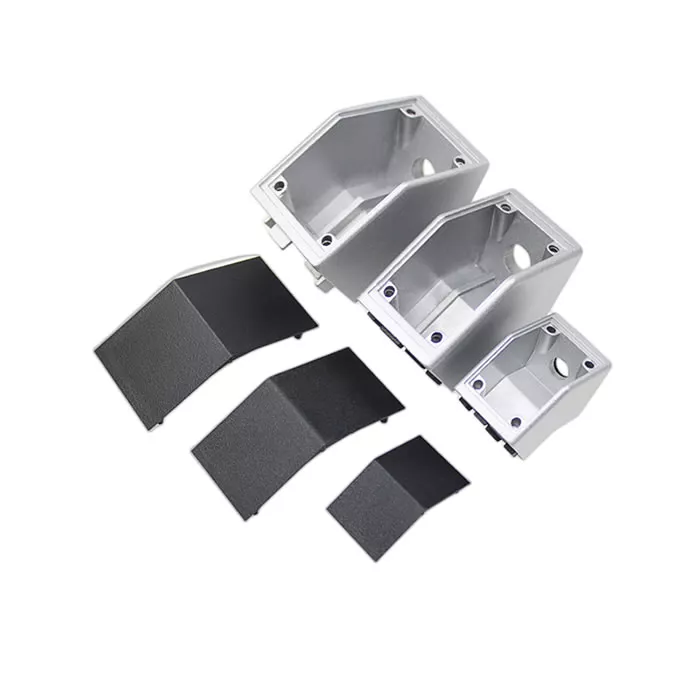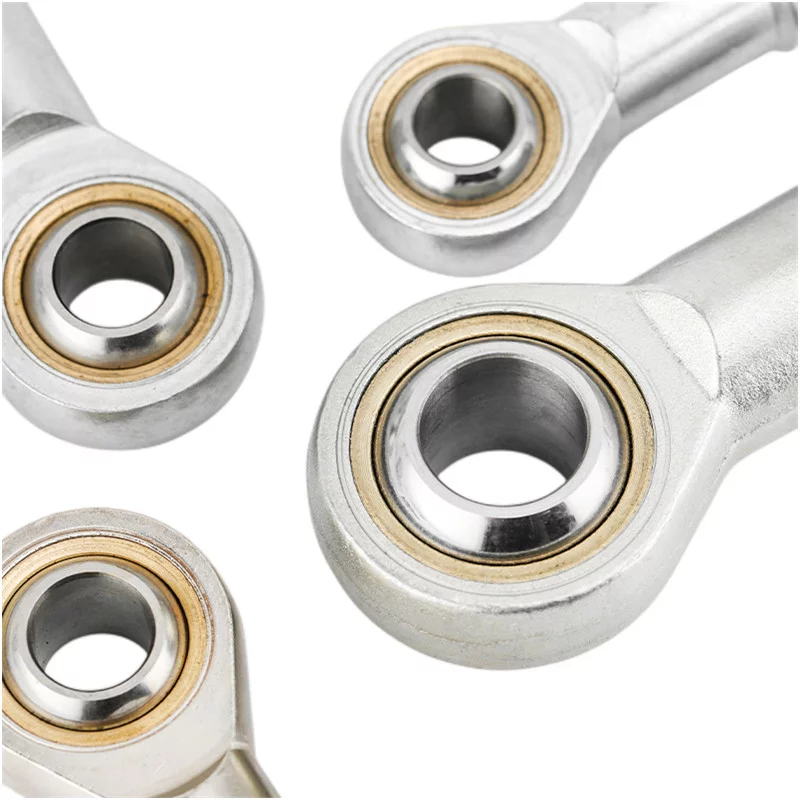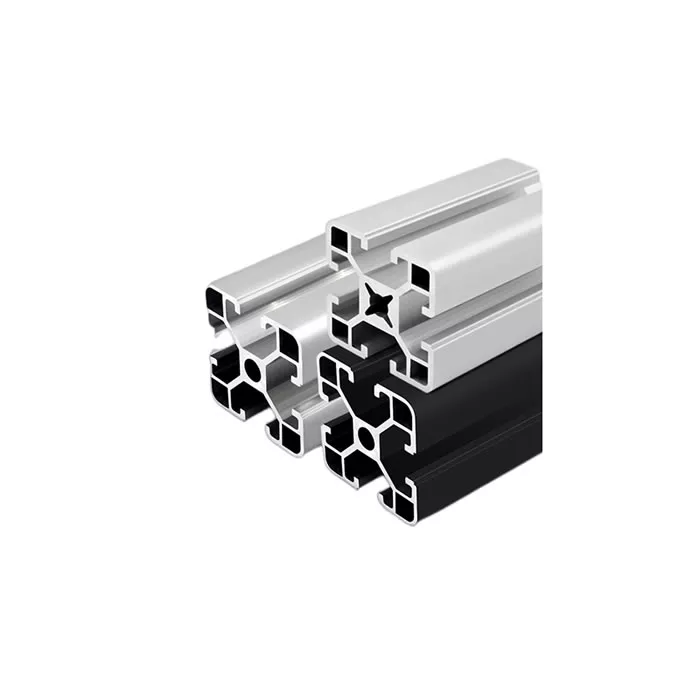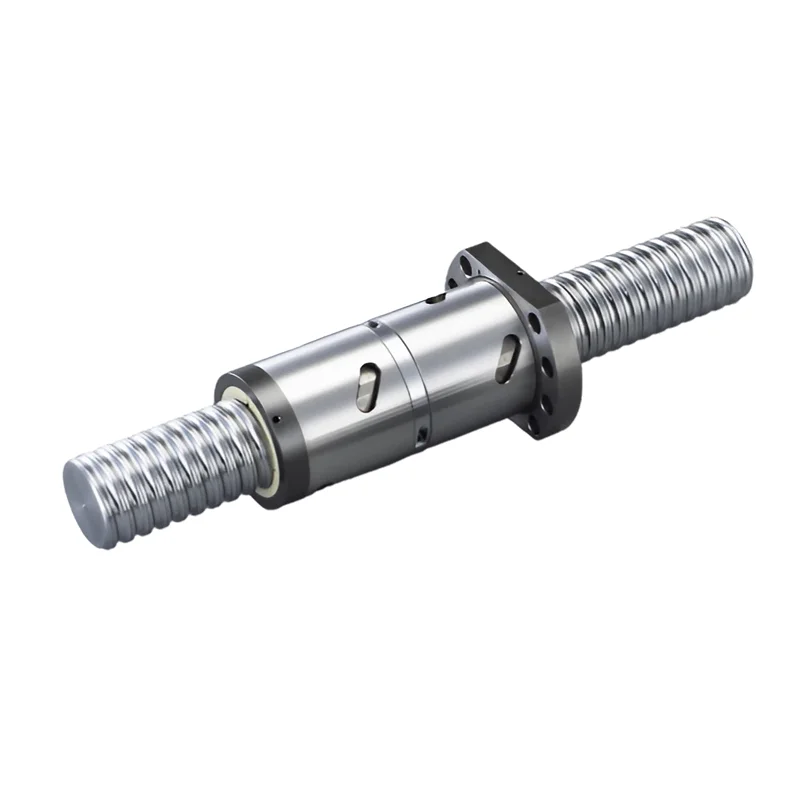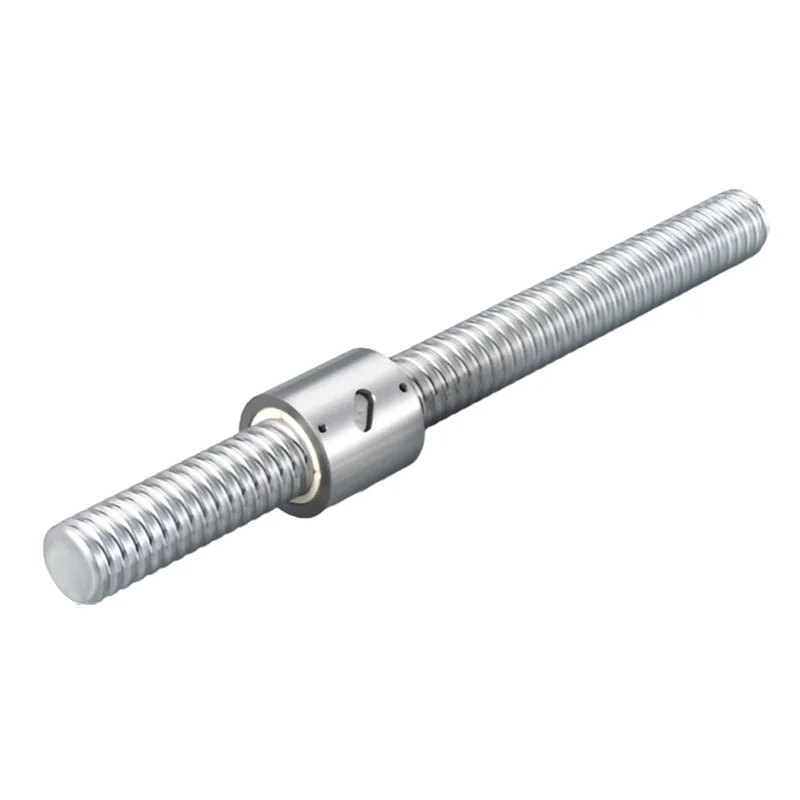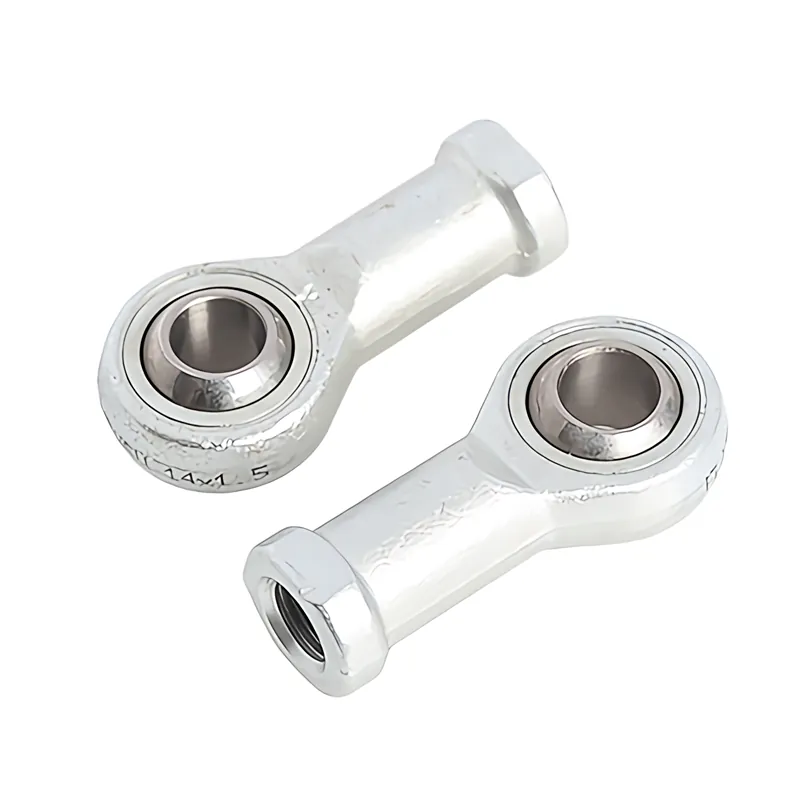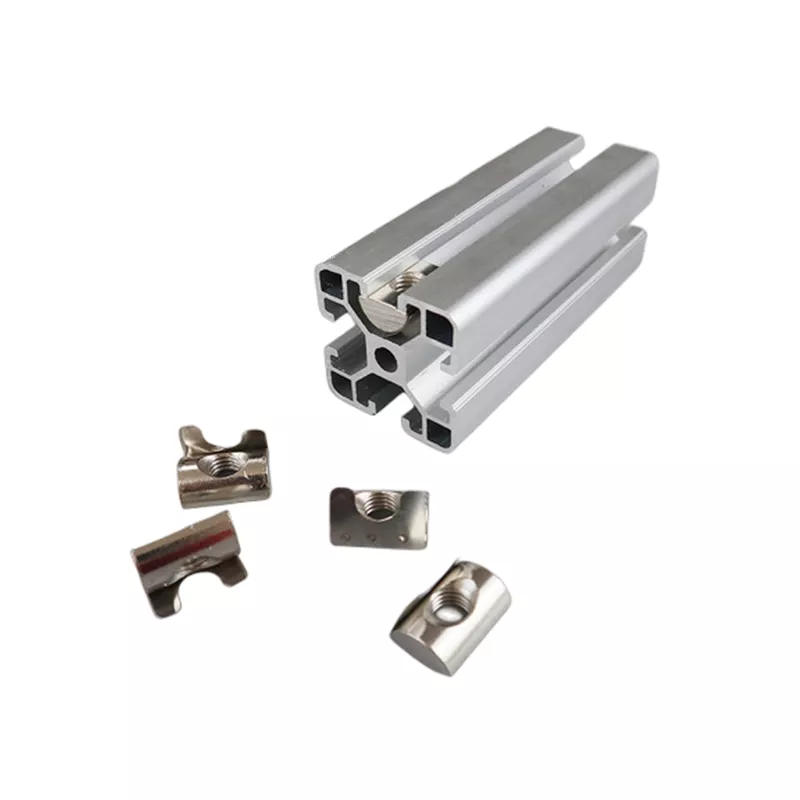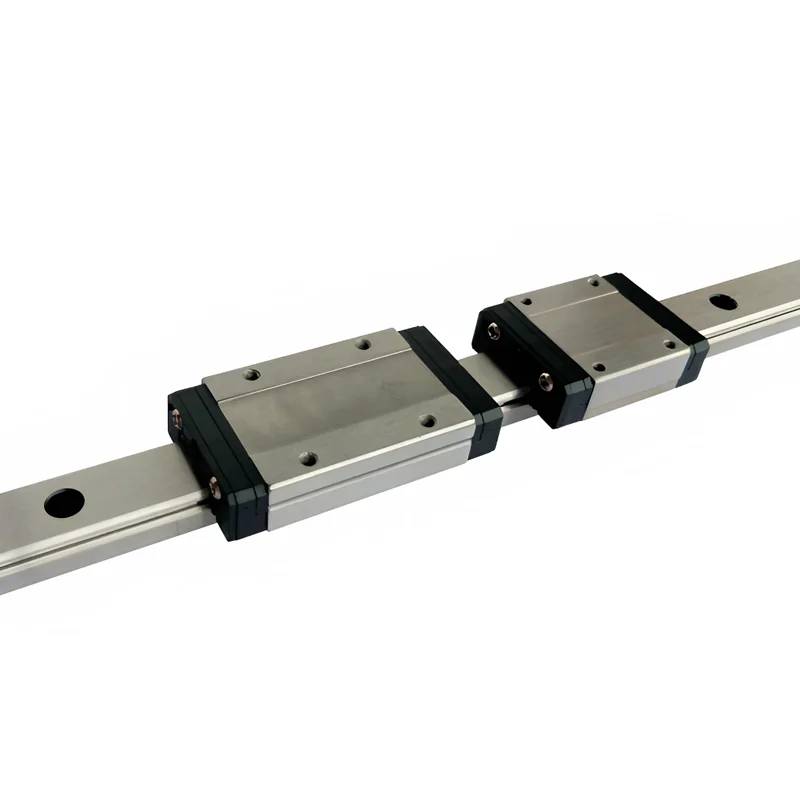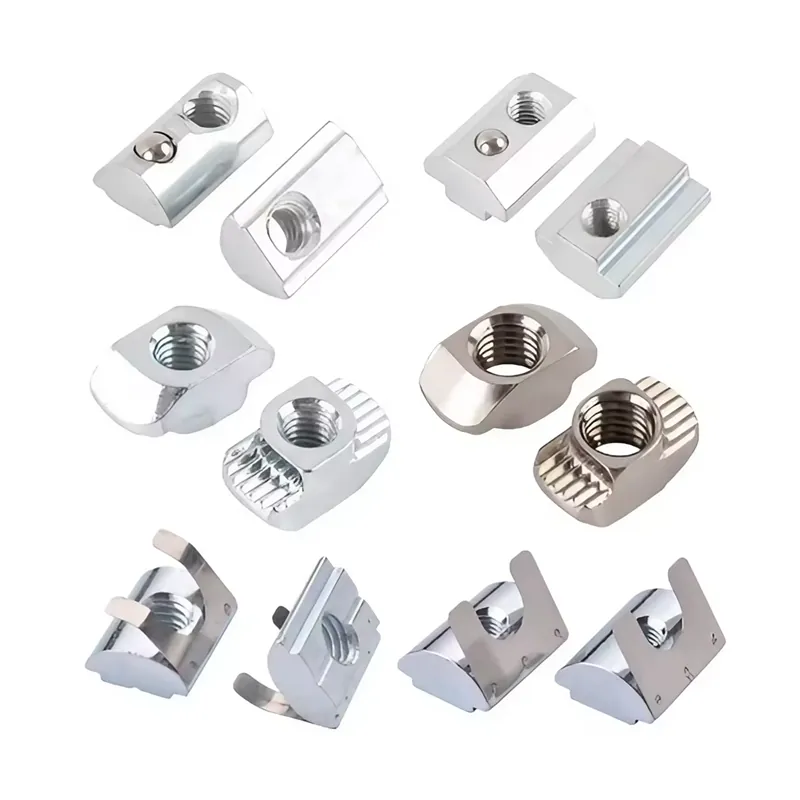What is the difference between linear guide and rolling guideway
There is no difference between linear guide and linear guide in essence, they are just called differently, they are both mechanical components used to support and guide the moving parts to reciprocate linear motion. Whether linear guide or linear guide, they are widely used in CNC machine tools, automation equipment, robots, electronic equipment, and other fields, and play an important role in high-precision, high-speed and high-load applications.
Composition and function of linear guide
Linear guide (also known as linear guide) consists of the slider and the slide. The slider is usually equipped with balls or rollers and is capable of reciprocating linear motion on the slide. Slide rails are standardized components of modular design and can be customized according to demand. The precision fit of the slider and slide rail can effectively reduce friction and provide smooth motion with high rigidity and high accuracy.
Characteristics of Linear Guideway
Linear guideway is also composed of slider and rail, and the principle is the same as linear guideway. By equipping rolling bodies (such as balls or rollers) between the slider and the rail, it is possible to realize high-precision linear motion with a low coefficient of friction and smooth movement. The linear guide can maintain stable performance under high load and high-speed environments and has higher torque resistance.
The distinction between sliding guideway and rolling guideway
The linear guide can be further subdivided into the sliding guide and rolling guide:
Sliding guide: the slider and the rail direct contact are, relatively low price, but the accuracy and friction performance are poor, suitable for the application of precision requirements are not high.
Rolling guide: between the slider and the rail through the ball or roller to reduce friction, higher precision, smaller friction coefficient, suitable for applications requiring high precision and low friction, but the price is higher.
The basis for choosing guide rail
When choosing a linear guide or linear guide, it needs to be determined according to the needs of the actual application. For a scene that requires high precision, low friction, and high load, the rolling guide is a better choice. In the case of low precision requirements and a limited budget, the sliding guide may be a more economical choice.
To summarize, linear guide and linear guide and there is not essential differences, they are the same in function and application, mainly based on the use of scenarios and the need to choose the specific type.
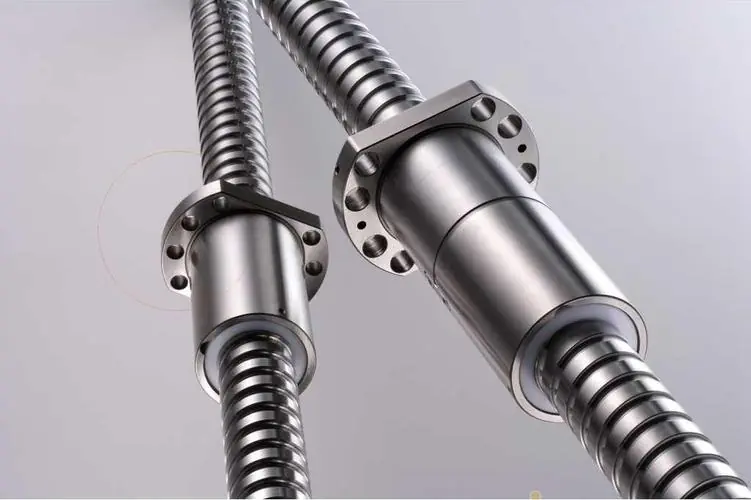 Why Precision Ball Screws are Vital for Industrial Automation and How to Choose the Right Supplier
Why Precision Ball Screws are Vital for Industrial Automation and How to Choose the Right Supplier
 SAIVS Linear Motion Ball Slide Units – Precision and Reliability for Your CNC Needs
SAIVS Linear Motion Ball Slide Units – Precision and Reliability for Your CNC Needs
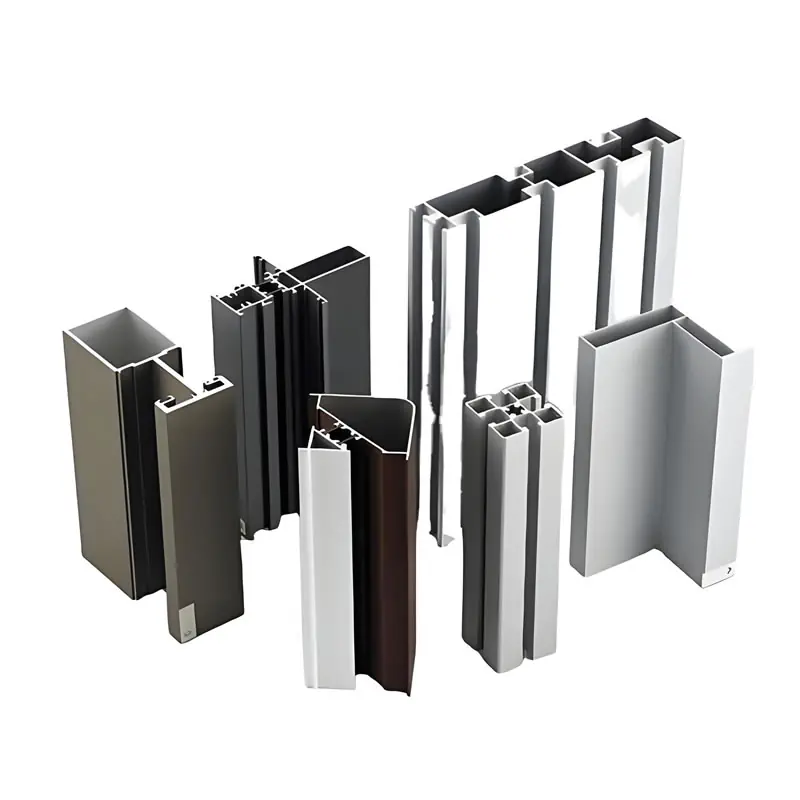 High - Quality T - Slot Aluminum Extrusion Profiles from Ningbo SAIVS Machinery Co., Ltd
High - Quality T - Slot Aluminum Extrusion Profiles from Ningbo SAIVS Machinery Co., Ltd
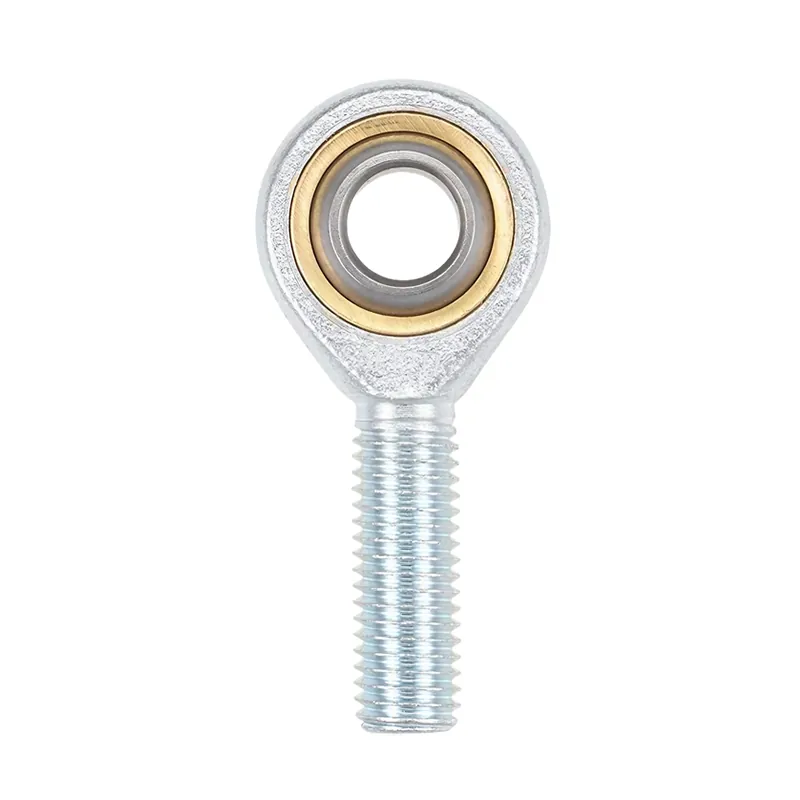 Enhance Industrial Efficiency with Premium Cylinder End Bearings from SAIVS
Enhance Industrial Efficiency with Premium Cylinder End Bearings from SAIVS


